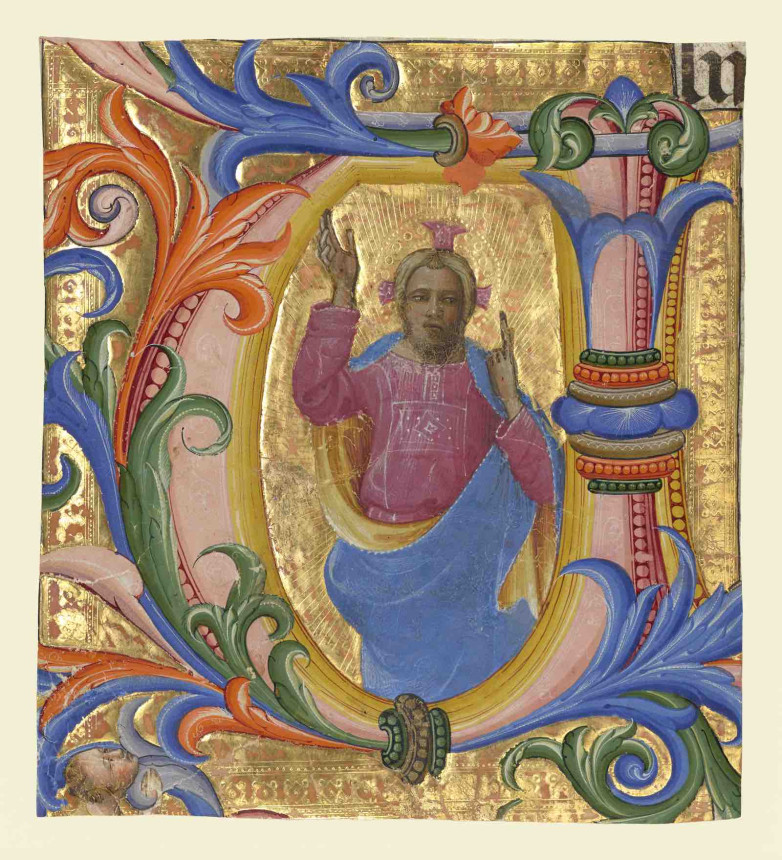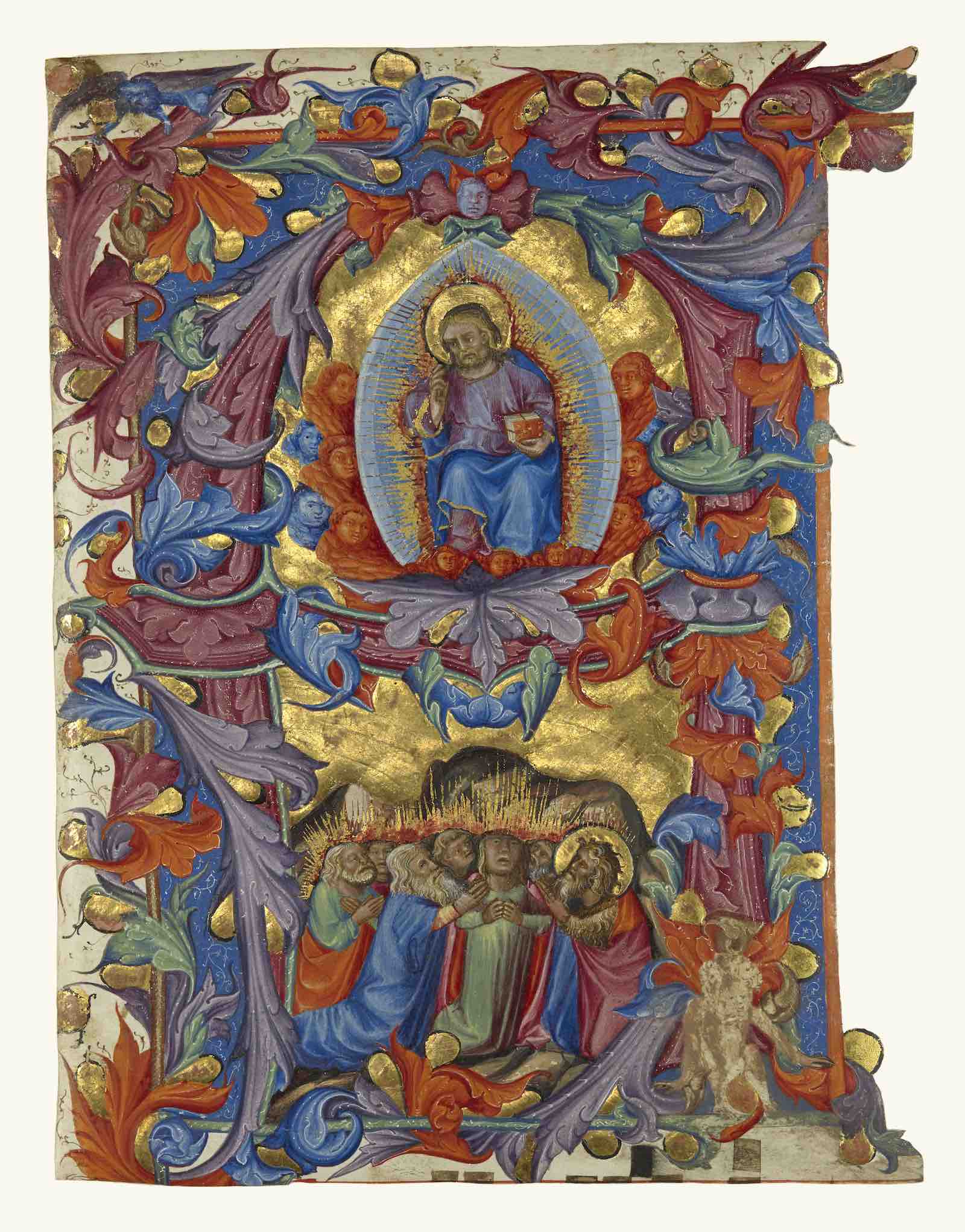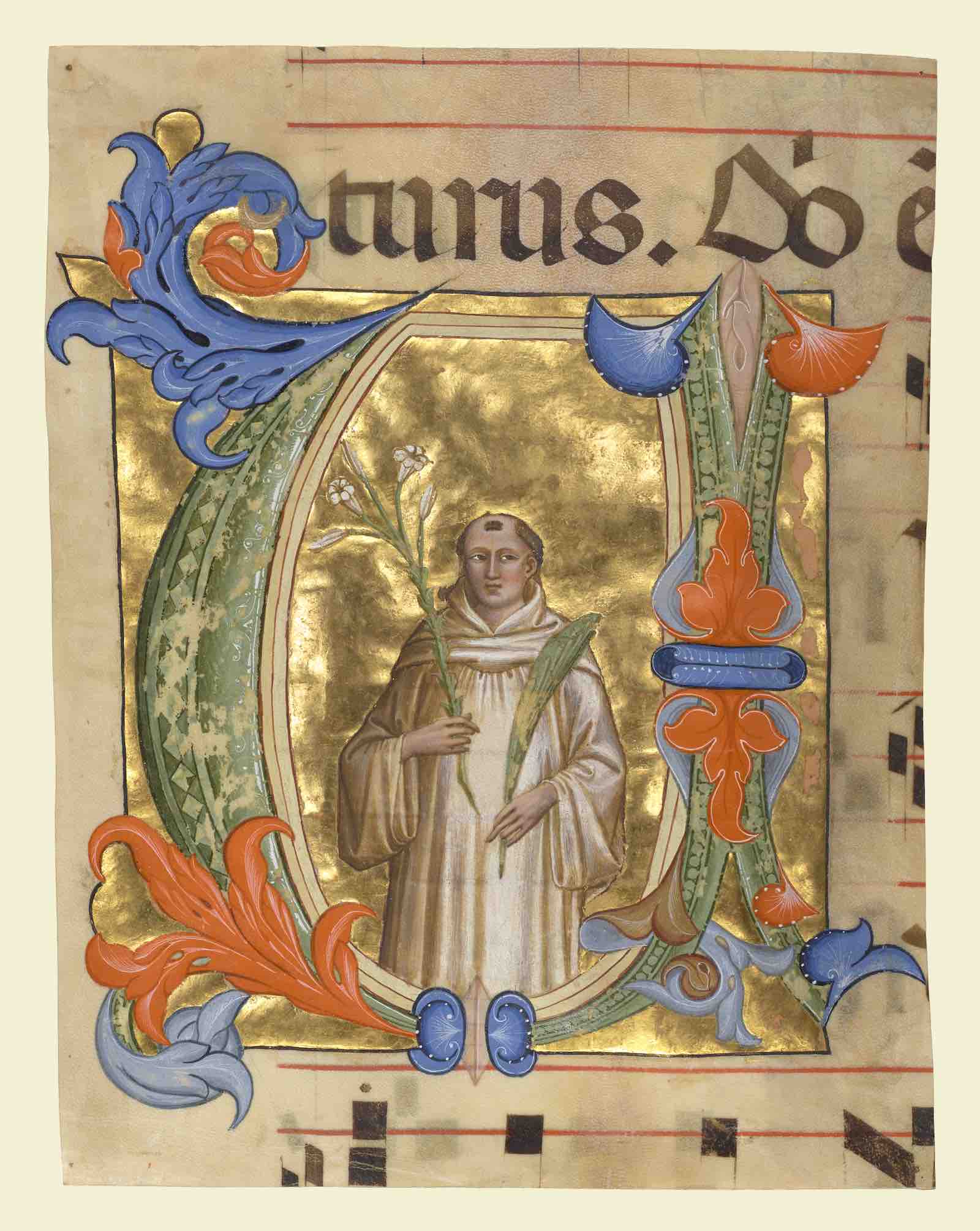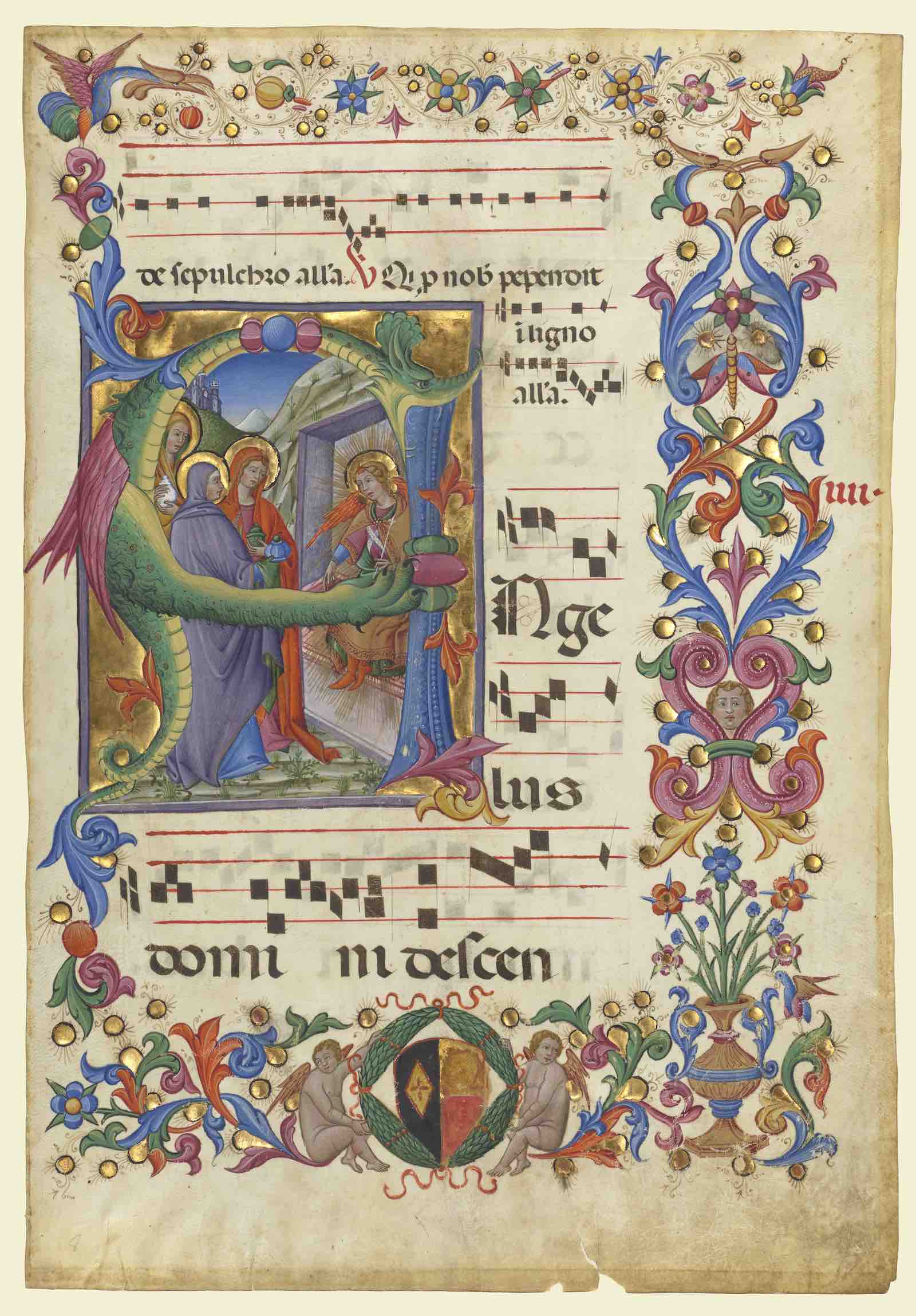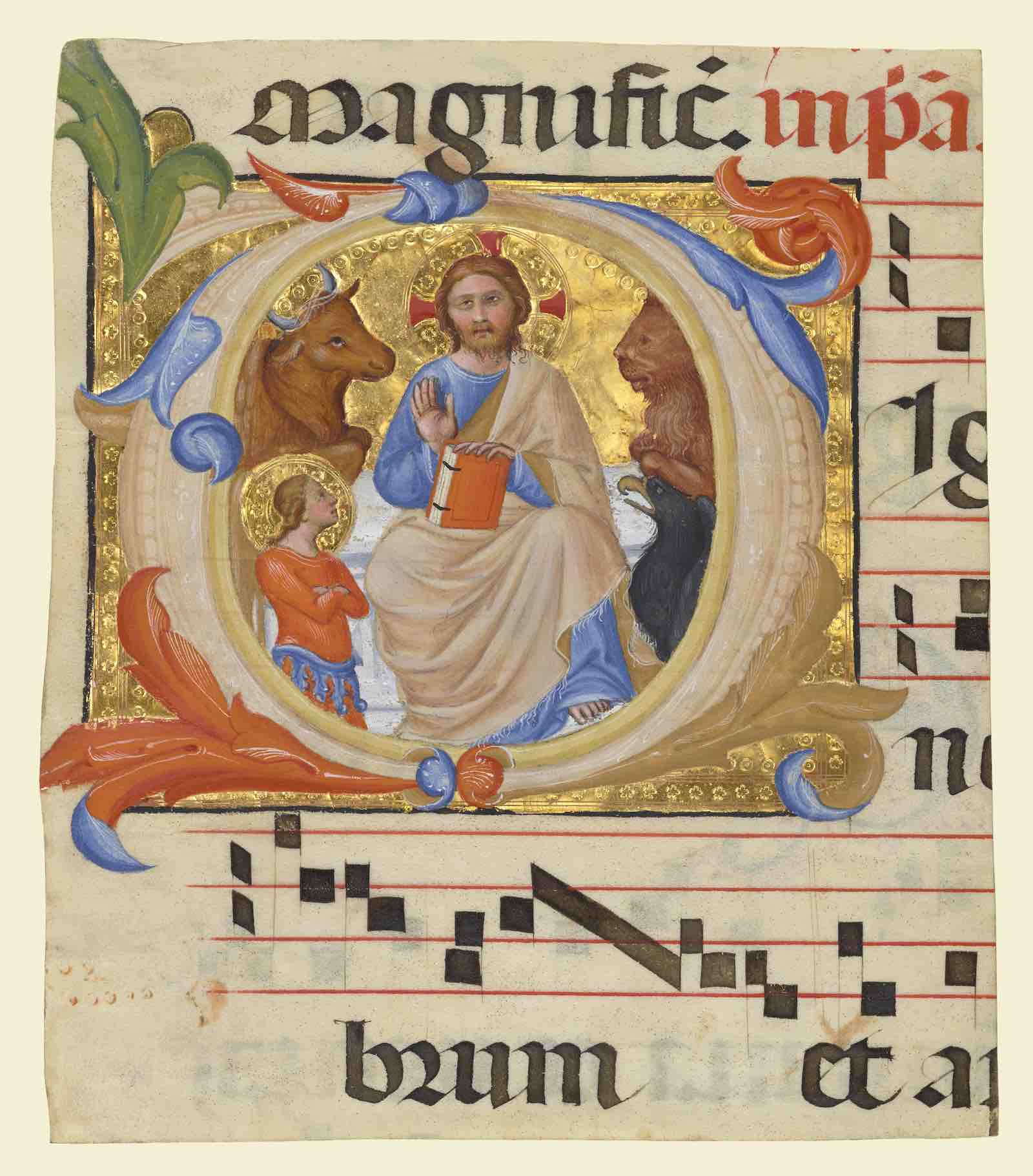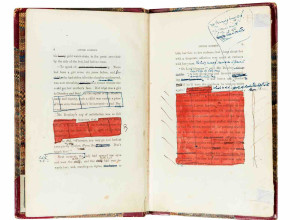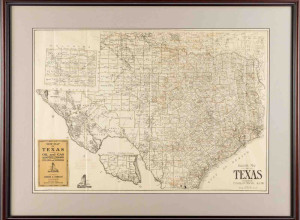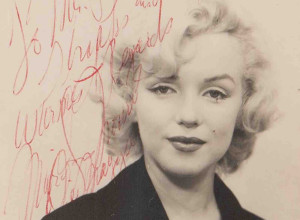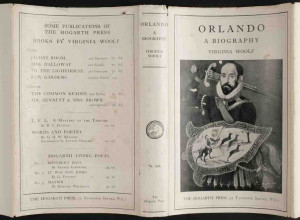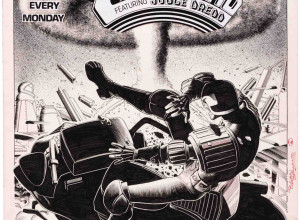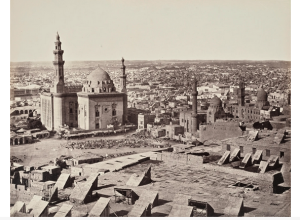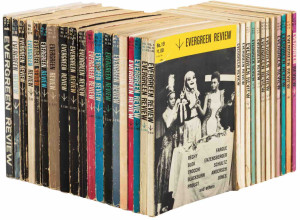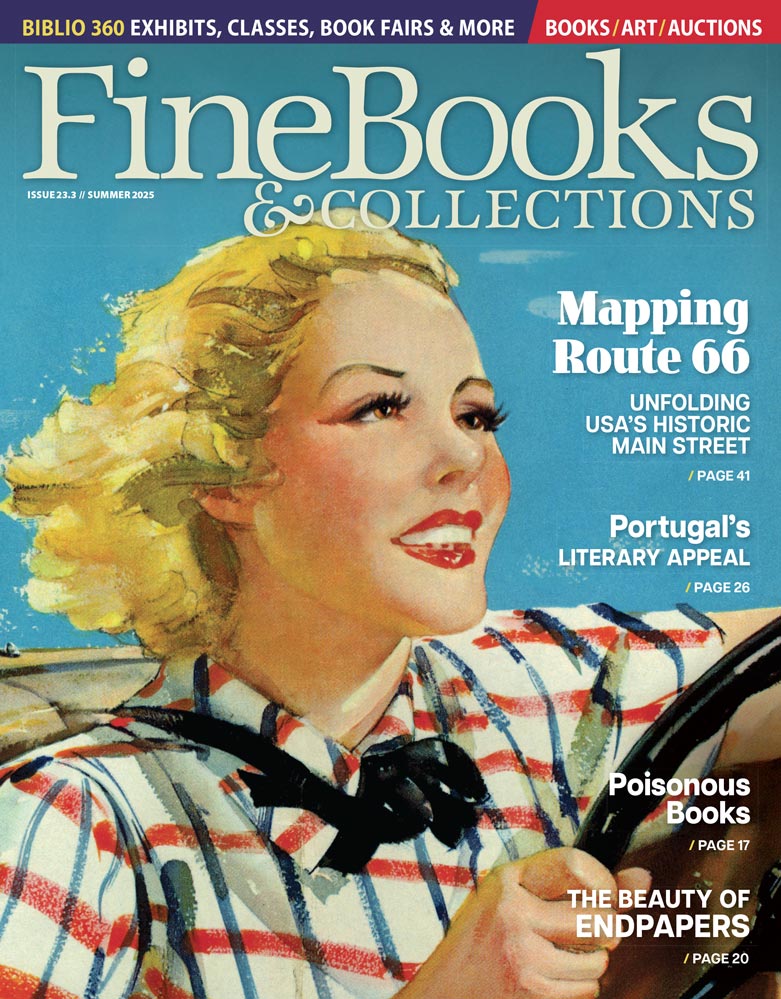Highlights include:
* Initial V: Christ Blessing, painted by Lorenzo Monaco, the most celebrated illuminator of early 15th century Florence. In the figure Christ is nestled within lush vegetation enwrapping the letter V, and the image is further enhanced by Monaco’s use of vivid colors and a rich golden background. This is the first work painted by Monaco to enter Getty’s collection
* an initial containing Saint Michael and the Dragon, attributed to Giovanni di Paolo and Sano di Pietro. Colorful, spiky leaves dotted with gold decorate a large initial and the scene within features the archangel Micheal triumphantly standing on a dragon and wielding a sword (hidden by the letter) to cut off the dragon’s head. The exuberant style of the initial, golden armor, multicolored wings, and dark modeling of the skin are characteristic of illuminations executed by Giovanni di Paolo, the leading painter of 15th-century Siena.
* Initial H: The Nativity, made by prolific illuminator of the period around 1400 Don Simione Camaldolese. The work, over a foot in height, features the Virgin Mary and Saint Joseph kneeling before the Christ Child while angels hover in the sky above. Camaldolese created this composition on a monumental scale, approaching it like a panel painting, featuring brilliant colors and the lavish use of both gold and silver leaf.
In summer 2027, Getty will showcase a dedicated exhibition of the leaves to celebrate the new acquisition.
“The age, beauty, and historical importance of these works are what prompted us to begin collecting Italian illumination in 1998, with an intent to build a collection of some continuity and importance,” said T. Robert Burke. When asked about their mission to leave their collection to a public institution Katherine States Burke said: “Now in their new home at Getty, we look forward to seeing these pieces bring joy and knowledge to visitors at the Getty Center and worldwide, just as they did for us.”

